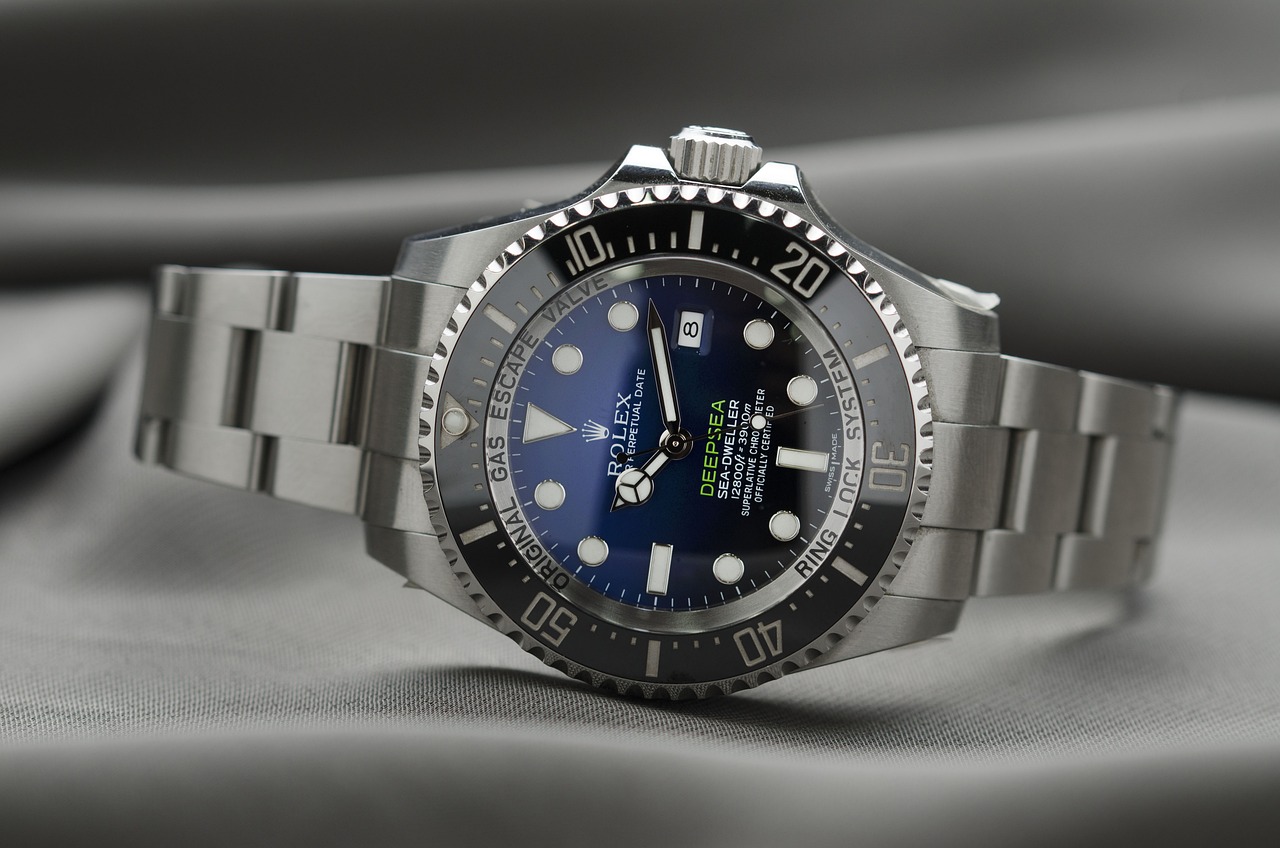Millennials and Generation Z fuel growth in second-hand watch market
The second-hand market is enjoying strong growth across various product segments – be that motoring, clothing, or even luxury watches and timepieces. The pre-loved market isn’t exactly new and online marketplaces such as eBay have existed for years. But there is now a growing swell of apps and sites to cater for every taste.
It perhaps comes as no surprise, therefore, that millennials and Generation Z consumers lead the way. After all, it is these groups that have grown up with the tech behind the surge in pre-loved purchasing. But it’s not all about tech and convenience. This trend is being underpinned by other reasons that make this a long-term shift in behaviours – rather than a passing fad.
The more sustainable consumer option?
One topical reason why millennials and Generation Z consumers are looking to purchase used watches is the matter of sustainability. It’s fair to suggest that people within these groups are more switched on to the issues surrounding climate change than older counterparts. And, with the second-hand market, it gives new life to watches that would otherwise go unused.
On a broader level, the reduced demand for brand-new items – no matter what the product – could start to benefit the environment. The rationale here is that it may help lower the carbon footprint of supply chains. And, for the most luxury watches, reduced demand for newer items could bring down the intensity at which precious natural resources are extracted.
An affordable choice as living costs grow
The cost of living crisis is another topical concern that’s affecting our purchasing patterns. The thought of buying a brand-new watch is losing its appeal amid the need to save money for the essentials – energy bills, groceries, fuel costs, and more. What the second-hand market offers is a chance to acquire a beautiful luxury watch that just happens to be pre-owned.
If ever there used to be a stigma attached to second-hand products, it now seems to be pretty much diminished. The attitudes of millennials and Generation Z have done much to change the momentum in this space. And it’s no coincidence that older consumers are now embracing that same behaviour – no doubt conscious too of how the cost of living will impact them.
The offer of a unique investment opportunity
In addition to the reasons above, there may also be a generational gap in terms of what a high-end watch is for. For older consumers, a watch can be used to make a clear fashion or financial statement. But, for millennials and Generation Z, there are newer ways to showcase their style; to indicate financial status – from food to footwear or other vintage apparel.
Instead, however, high-end watches provide an investment opportunity for younger consumers. The aim is to not indicate style or status, but to appreciate and potentially earn. Perhaps there’s an age consideration too; the idea that they may have more time in which to make a profit on a luxury watch. Either way, it’s certainly one factor fuelling the second-hand luxury watch market.

